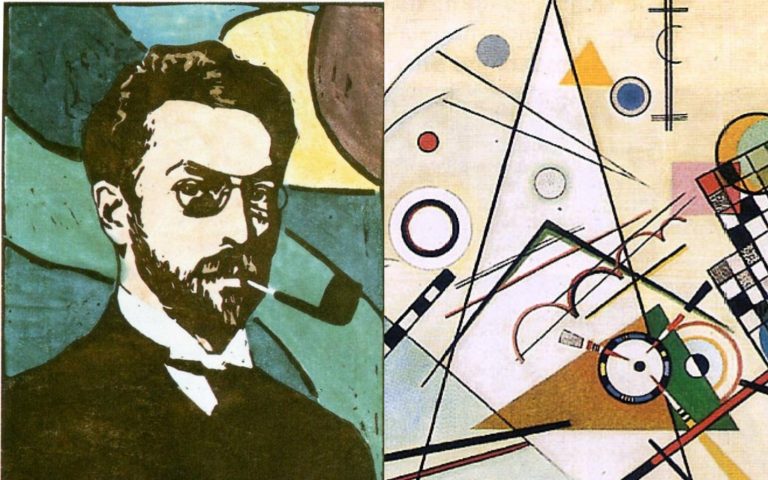
There is something mesmerizing about the ocean – its vastness, its ever-changing colors, and its ability to evoke a wide range of emotions. For artists, capturing the essence of the sea on canvas can be both challenging and rewarding. Mastering the moody blues of the ocean requires a deep understanding of its nuances and a keen eye for translating those emotions into paintings. In this article, we will explore the art of capturing ocean emotions in paintings and provide tips on how artists can master the moody blues of the sea.
The Power of Color
Understanding the Emotional Impact of Colors
Colors play a fundamental role in evoking emotions in art. When it comes to capturing the essence of the ocean, blues and greens are the predominant colors that artists often use. Here are some ways in which different shades of blue and green can convey various emotions:
- Deep blues can evoke a sense of mystery and depth, representing the vastness of the ocean.
- Turquoise and aquamarine tones can symbolize tranquility and serenity, capturing the calmness of the sea.
- Stormy blues and grays can convey a sense of turmoil and unrest, reflecting the power of the ocean during a storm.
- Emerald greens can represent life and growth, showcasing the vibrant ecosystem that thrives beneath the surface.
Experimenting with Color Palettes
When painting ocean scenes, don't be afraid to experiment with different color palettes to capture the ever-changing moods of the sea. Here are some tips for mastering the moody blues through color:
- Blend multiple shades of blues and greens to create depth and dimension in your paintings.
- Use warm undertones like hints of orange or yellow to contrast the coolness of blues and greens, adding visual interest to your artwork.
- Pay attention to how light interacts with water to create shimmering reflections and shadows that enhance the mood of your painting.
Capturing Movement and Texture
Conveying the Dynamics of the Ocean
The ocean is constantly in motion, with waves crashing against the shore, currents swirling beneath the surface, and foam frothing at the water's edge. To capture the dynamic nature of the sea, artists must pay attention to movement and texture in their paintings:
- Experiment with different brush strokes to create the swirling motion of waves or the gentle rippling of calm waters.
- Add texture to your paintings using techniques like impasto or palette knife work to mimic the roughness of sea foam or the smoothness of glassy water.
- Study the way light plays on the surface of the ocean to capture the sparkle of sunlight dancing on the waves.
Creating Depth and Perspective
To give your ocean paintings a sense of depth and perspective, consider incorporating elements like:
- Foreground details like rocks, cliffs, or boats to create a sense of scale and distance.
- Background elements like distant islands or ships on the horizon to add depth to your composition.
- Atmospheric effects like mist or fog to enhance the mood and atmosphere of your painting.
Embracing the Mood of the Ocean
Finding Inspiration in Nature
To truly master the moody blues of the ocean, artists must spend time observing and connecting with the sea in its natural environment. Here are some ways to find inspiration in nature:
- Take regular trips to the coast to study the ever-changing colors and moods of the ocean.
- Sketch and paint en plein air to capture the immediacy and spontaneity of the sea.
- Observe how different weather conditions and times of day can alter the mood and atmosphere of the ocean.
Infusing Emotion into Your Artwork
To capture the emotional essence of the ocean in your paintings, consider the following tips:
- Draw upon your own experiences and emotions to infuse your artwork with personal meaning and depth.
- Experiment with different compositional elements like scale, perspective, and lighting to evoke specific emotions in your viewers.
- Allow yourself to be vulnerable and open to the mood of the ocean, letting it guide your artistic choices and creative decisions.
Mastering the moody blues of the ocean is a lifelong journey for artists, but with practice, observation, and a deep connection to nature, you can capture the ever-changing emotions of the sea in your paintings.
